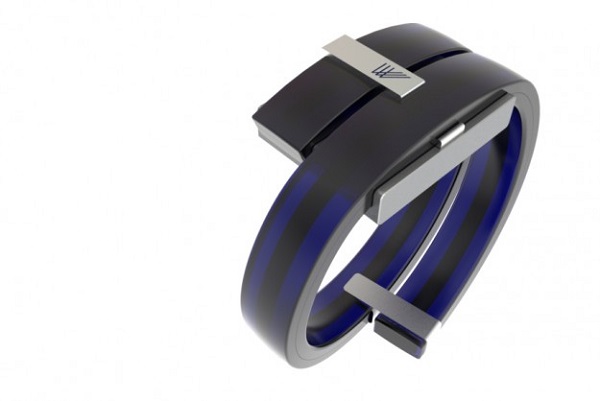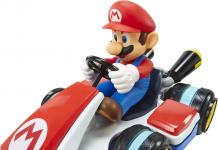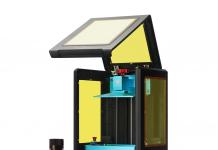This smart wristband may someday synchronize what happens on stage with what the audience does or wants. In other words, Lightwave has the potential of making concerts and live shows, in general, more interactive than they already are.
Imagine the following scenario: most of the spectators start jumping and clapping their hands, and suddenly, the lights behind the singer start syncing with their rhythm. The other scenario would’ve implied a frenetically head-banging audience at a metal concert that point the sign of the horns to the sky, while the lasers behind the band move with them. In both of these cases, the audience would most probably be terribly impressed with the new effects that the singer or the band are displaying, when in fact everything depends on the Lightwave band that the spectators wear around their wrists.

The developers of the Lightwave smart wristband imagined that their product would work like this, but in our times, instead of a distance future. In fact, Rana June, world’s first iPad DJ, had the chance to show how the Lightwave bracelet works at this year’s SXSW, at a BioReactive concert that was sponsored by Pepsi.
Temperature, movement and audio levels are the three main factors that this smart wristband learns about its wearer. After doing so, the information is transmitted wirelessly to the performers’ lighting and audio installations. In the meantime, the performers will also learn about how to react to the audience’s feedback.
As Rana June explained, “This new type of experience data can shape the environment so fans can connect emotionally with the artist and each other. Our vision scales to all types of live events: blockbuster performances, sporting events, conferences – anywhere where audiences want to feel connected to the live experience.”
Furthermore, she pointed out that this type of feedback is only one of the possible applications of the Lightwave wristband: “The possibilities for implementation are as far-reaching as our imaginations. I am excited to see what the world does with this platform for human data, and the relationships we create with each other as a result.”
Indeed, it will be interesting to see other uses of this smart wristband, especially if the developers decide to offer the product’s software as an open-source platform on which people can work on.
Be social! Follow Walyou on Facebook and Twitter, and read more related stories about Razor Nabu, the world’s smartest wristband, and the LG Lifeband Touch.










